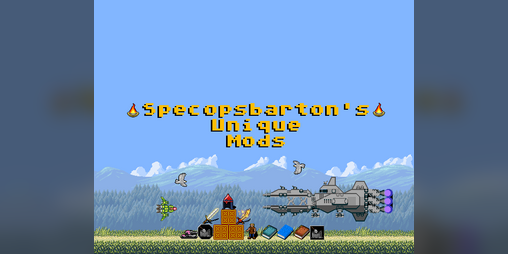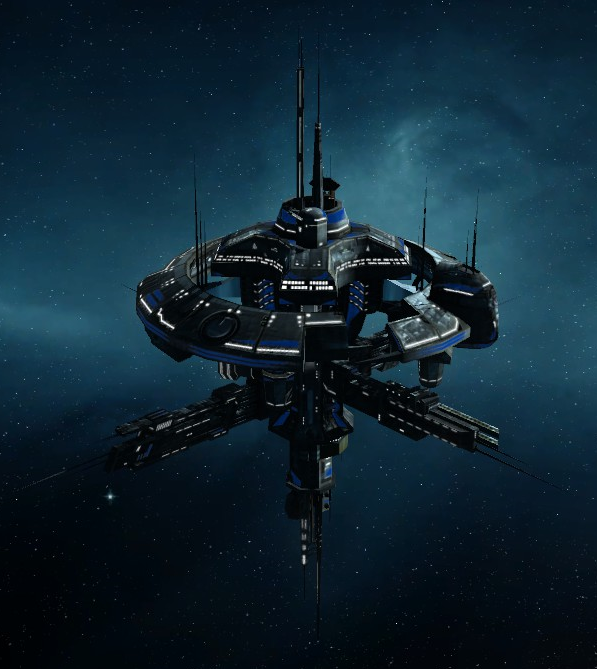
The sequel, Steel Division 2 (opens in new tab), brings with it some improvements, but unfortunately the singleplayer experience isn't really up to snuff. It's got explosive real-time fights, but with mind-boggling scale and additional complexities ranging from suppression mechanics to morale and shock tactics. Normandy 44 takes the action back to World War 2 and tears France apart with its gargantuan battles.
#SINS OF A SOLAR EMPIRE REBELLION CHEATS LOGISTICS SLOTS SERIES#
Steel Division: Normandy 44 (opens in new tab) takes its cues from Eugen Systems' exceptional Wargame series (opens in new tab), combining the titular subgenre with loads of RTS goodness. All of them have some handy unique abilities, and yes, they can go toe-to-toe with massive war machines. Each faction has a heroic unit, each accompanied by their very own pet. To cheer yourself up, you can watch a bear fight a mech. The level of destruction is as impressive as it is grim. Thanks to mortars, tank shells and mechs that can walk right through buildings, expect little to remain standing. When the dust settles after a big fight, you'll hardly recognise the area. There are plenty of them, from little exosuits to massive, smoke-spewing behemoths, and they're all a lot of fun to play with and, crucially, blow up. Set in an alternate 1920's Europe, factions duke it out with squishy soldiers, tanks and, the headline attraction, clunky steampunk mechs. If you played Company of Heroes and thought "What this really needs is some giant mechs", Iron Harvest (opens in new tab) might be the RTS for you. Since launch, it's also benefited from some great DLC, including a new format that introduces historical bookmarks that expand on different events from the era. The fight over China also makes for a compelling campaign, blessed with a kind of dynamism that we've not seen in a Total War before. It feels like a leap for the series in the same way the first Rome did, bringing with it some fundemental changes to how diplomacy, trade and combat works.


Each is part of a complicated web of relationships that affects everything from diplomacy to performance in battle, and like their Warhammer counterparts they're all superhuman warriors. Total War: Three Kingdoms (opens in new tab), the latest historical entry in the series, takes a few nods from Warhammer, which you'll find elsewhere in this list, giving us a sprawling Chinese civil war that's fuelled by its distinct characters, both off and on the battlefield. You can meander through life without any great plan and still find yourself embroiled in countless intrigues, wars and trysts. And all this soapy dynastic drama just has a brilliant flow to it, carrying you along with it.

Getting to grips with it is thankfully considerably easier this time around, thanks to a helpful nested tooltip system and plenty of guidance. It's only going to get larger and more ambitious as the inevitable DLC piles up, but even in its vanilla form CK3 is a ceaseless storyteller supported by countless complex systems that demand to be mucked around with and tweaked. At first glance it might seem a bit too familiar, but an even greater focus on roleplaying and simulating the lifestyles of medieval nobles, along with a big bag of new and reconsidered features, makes it well worth jumping ship to the latest iteration.

It's a huge grand strategy RPG, more polished and cohesive than the venerable CK2, and quite a bit easier on the eyes, too. There's plenty to keep you occupied, and more on the horizon, with the Immortal Empires mega-campaign that combines all three games into one big brawl on its way.Ĭrusader Kings 3, the best strategy game of 2020, has usurped its predecessor's spot on the list, unsurprisingly. The Chaos factions in particular are a monstrous delight, especially the Daemons of Chaos, which not only lets you recruit units from every daemonic faction, you even get a fully customisable leader with limbs that you can mix and match. The real treat, though, is the list of factions. It's an impressive campaign, though the narrative elements and Realm of Chaos jaunts make it a bit more linear than most. Total War: Warhammer 3 (opens in new tab), the conclusion to Creative Assembly's Warhammer trilogy, is also its strangest and most experimental, letting players leave the traditional Total War sandbox every 30 or so turns to journey through the Realm of Chaos, where the domains of the Chaos gods exist, culminating in huge survival battles that draw from tower defence games, with fortifications, in-battle recruitment and waves of enemies.


 0 kommentar(er)
0 kommentar(er)
